Irène Mélix
irenemelix.de
(*1988, Bachelor of cultural science at the University of Hildesheim and diploma of Fine Arts at Hochschule für Bildende Künste Dresden, student of Prof. Grossarth)
Irène Mélix describes herself as acting within the political and artistic spheres. In her artistic work, she not only combines diverse media – drawing, silkscreen, linocut, installation, text, sound, video – but also transcends the borders between her social positions, moving into a space in which her works can be anything; both artistic and activistic. Her self-image as leftist, as feminist and as /an actor in the political field is as crucial for her work as her role as an artistic seeker, discoverer, respondent and form-giver. Irène Mélix never responds solely as an artist to the questions with which she engages in her work – emerging from her position as an agent operating within one or more social sphere(s) – but through her political motivation, as well.
For Mélix, the artistic work is often a process that does not necessarily come to a conclusion, but manifests itself – in some cases even just once – at a place specifically intended for it. The site-specific work behaarte Wand (Hairy Wall) (2017) must engage with the history of the wall at each location in which it appears and form itself anew. While it overgrows history in one place, it is shaved off again in another to protest against the working conditions of artists.In ARIA FERMATA, which was shown at the Lyon Biennale 2019, Mélix makes reference to the location in the form of a video work.In an old washing machine factory, viewers encounter the sounds of laundry that has long been washed. The work Grenzarbeit (Border Work) (2018) is also exemplary: at a chosen location (Ústí nad Labem), the artist built a museum for border crossing, in which the stories of antifascist mountaineers, inscribed in research material, were also exhibited. The (life) stories of women* are just as recurrent in the artist’s work as borders and the questioning of them. This applies to physical borders (i.e., in the video work fighting the wall (2016)), as well as geographic. The newspaper Grenzgängerin (Cross-border Commuter) from 2016 was on display in the same year on the art train between Dresden and Wroclaw, for instance, and brought the concept of (state) borders into question just as much as it thematized transcending them.
Research processes form the point of departure for a number of Irène Mélix’s works – wherein the artist is not interested in recording a historical truth. On the contrary, hidden stories are emotionally divulged and voices believed to have been lost are made audible. They form the basis of the works, which search for their own suitable space and, after their appearance, vanish into the shadows again.
The works that come together under the title lila Nächte (Purple Nights) can be traced back to several years of research, in which the artist engages with the social history of lesbian women*. This artistic research continually raises new questions, and thus constantly moves in new directions. The stories of these women*, who become characters in the artwork, are articulated in novels from Berlin of the 1920s, for instance, or in personal ads directed from women* to women*. Here, not only is courage emphasized – as is needed in order to express desire and the search for love – but information about the women* and their economical, social and emotional life situations is also provided. Mélix lends her voice to these stories and biographies, takes up their poses and searches for ways to revive history – such as in the work Diamantsplitter (Diamond Shards) (2018).
Irène Mélix’s political and artistic concerns materialize not only in her work itself, but also in her working method. As an agent who frequently operates within collective contexts, she relies on forms of collaboration and creates visibility – not only for herself as an artist, but also for other agents in the artistic and political field.
Text by Vincent Schier
Irène Mélix
Music: Rosa Klee
vidéo, 9:20 min
The production of the Fagor-Brandt factory stands still. The production chains have been dismantled. The workers left. Only the sounds of the nearby streets remain in the huge halls. But the produced goods will come back to complain at the Bureau des Pleurs. The washing machine returns to express anger, disappointment and critique towards the flow of global capital that leaves the space empty and the workers without jobs, the produced goods disappearing. Turning, beeping, whisteling, screaming, its sound will invade the place all over again.
Walls are the putative neutral ground on which art is often presented, and thus a part of the artist’s profession. In spacial terms, walls are a phenomenon of separation. The inside and the outside meet by the wall. The wall is a construction which can exclude and protect at the same time. Furthermore, the wall can can be a symbol for borders, encapsulation and national identities that are stuck in rigid categories.
Addressing the subject of walls has been an issue in my artistic work over several years. I hung wallpapers in my work about deep-level clearings (2014). I fought the wall in my video for the „WORK/STRIKE“ exhibition (2016). In the „Smoke through walls“ (2015, team2) exhibition I contemplated the hybrid potential of the wall. Under which circumstances spaces and subcultures appear that allow people to break through the walls of social norms?
My diploma project hairy wall (2017) explores the potential of the wall apart from being just an object: it becomes independent. The wall becomes body and grows hair. With the technique of electrostatic flocking I sprayed the wall with 6mm long synthetic hair.
The functions of hair include not just temperature regulation and protection. Hairs also act as sensory organs on the outside of the body. Hair changes the surface of things: it makes it softer, pleasant to caress. But short hair can also be bristly and unruly. Even when cut regularly, hair keeps growing over and over again. Hair is an important source of standardisation and social rules. While hair is requested on some spots of some bodies, on others it is expected to be removed. Whenever hair grows uncontrollably, it becomes a rebel. From feminist perspective it threatens social order.
The history of the wall on which my diploma is shown is long and complex. Being a part of the 251 years old academy building, the wall holds several historical layers on top of each other as if they would be dermal layers of the skin. For example, the swastika which had decorated this wall between 1933 and 1945 was found under several layers of paint in the 1990s and has remained there covered with more recent layers of history. Do walls age?
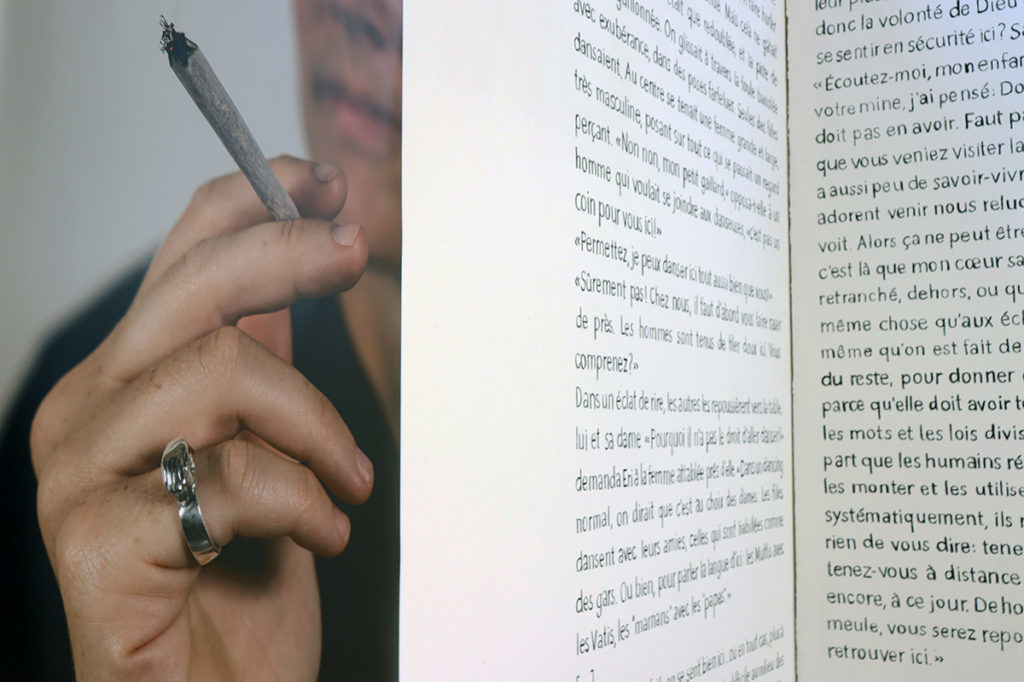
diamond splinter. silver ring/raw diamond (2018), exhibition view LYON
You Might Also Like:
Van Luong (1)
 Kjell Zillen (4)
Kjell Zillen (4) Mels Dees (9)
Mels Dees (9) Gao Yu (4)
Gao Yu (4)Katya Lebedev (1)
Juan Dies (1)
 Anastasia Prahova (2)
Anastasia Prahova (2)Nena Nastasiya (7)
Taarn Scott (6)
 Cynthia Fusillo (20)
Cynthia Fusillo (20)Roberta Orlando (8)
 Nanda Raemansky (25)
Nanda Raemansky (25) Eliane Velozo (22)
Eliane Velozo (22)Leyya Mona Tawil (1)
Julia Dubovyk (2)
Jianglong (2)
 Iara Abreu (23)
Iara Abreu (23) Agathe Simon (1)
Agathe Simon (1)Rosetta Allan (1)
Elizaveta Ostapenko (5)
 Valentin Boiangiu (2)
Valentin Boiangiu (2) Wesley John Fourie (9)
Wesley John Fourie (9) Renato Roque (3)
Renato Roque (3)Rosa Gauditano (5)
Neerajj Mittra (34)
Ciana Fitzgerald (5)
Boris Moz (3)
 Katerina Muravuova (5)
Katerina Muravuova (5)Kyla Bernberg (1)
 Muyuan He (1)
Muyuan He (1)Liza Odinokikh (2)
 Amalia Gil-Merino (2)
Amalia Gil-Merino (2)Paulo Carvalho Ferreira (6)
 Anastasiia Komissarova (2)
Anastasiia Komissarova (2) Yumiko Ono (1)
Yumiko Ono (1) Stefania Smolkina (1)
Stefania Smolkina (1)Lena Adasheva (1)
 Zahar Al-Dabbagh (1)
Zahar Al-Dabbagh (1) Emily Orzech (6)
Emily Orzech (6) Fernanda Olivares (5)
Fernanda Olivares (5) Noor van der Brugge (3)
Noor van der Brugge (3) Ira Papadopoulou (2)
Ira Papadopoulou (2) Tom Chambers (8)
Tom Chambers (8) Titi Gutierrez (3)
Titi Gutierrez (3) Franz Wanner (2)
Franz Wanner (2) Crystal Marshall (6)
Crystal Marshall (6) Transpositions III (36)
Transpositions III (36) Riddhi Patel (3)
Riddhi Patel (3) Michele Kishita (2)
Michele Kishita (2)Damian Carlton (4)
 Deanna Sirlin (1)
Deanna Sirlin (1) Laura Salerno (3)
Laura Salerno (3) Nina Annabelle Märkl (12)
Nina Annabelle Märkl (12) Elina Fattakhova (1)
Elina Fattakhova (1) Tasha Hurley (1)
Tasha Hurley (1) Ian Hartley (2)
Ian Hartley (2) Laurence de Valmy (2)
Laurence de Valmy (2) Ilia Bouslakov (5)
Ilia Bouslakov (5) Andrea Ahuactzin Pintos (4)
Andrea Ahuactzin Pintos (4) Sveta Nosova (3)
Sveta Nosova (3)Carlos Carvalho (1)
 Maria Timofeeva (1)
Maria Timofeeva (1) Jinn Bug (2)
Jinn Bug (2) Johannes Gerard (3)
Johannes Gerard (3)Irène Mélix (1)
 Aba Lluch Dalena (3)
Aba Lluch Dalena (3) Fabian Reimann (1)
Fabian Reimann (1)Natalia Gourova (1)
 Kate Finkelstein (4)
Kate Finkelstein (4)Raina Greifer (1)
James McCann (2)
Naza del Rosal Ortiz (1)
 Jay Critchley Jay Critchley (1)
Jay Critchley Jay Critchley (1) Vicky Clarke (4)
Vicky Clarke (4) Maria Silva (4)
Maria Silva (4) Shir Cohen (5)
Shir Cohen (5) Peter Shenai (4)
Peter Shenai (4) Bo Choy (4)
Bo Choy (4)Alina Orlov (2)
 Olga Popova (3)
Olga Popova (3) Coco Spencer (2)
Coco Spencer (2) Filippo Fabbri (2)
Filippo Fabbri (2)Daniele Leonardo (5)
 SISTERS HOPE (1)
SISTERS HOPE (1) Scenocosme : Gregory Lasserre & Anais met den Ancxt (4)
Scenocosme : Gregory Lasserre & Anais met den Ancxt (4) Anne Fehres & Luke Conroy (6)
Anne Fehres & Luke Conroy (6) Olesya Ilenok (2)
Olesya Ilenok (2) Marie-Eve Levasseur (4)
Marie-Eve Levasseur (4) Natalia Tikhonova (2)
Natalia Tikhonova (2)Ildar Iakubov (1)
 Evgeniy Lukuta (7)
Evgeniy Lukuta (7) Jarkko Räsänen (5)
Jarkko Räsänen (5)Maria Guta (6)
Egle Kulbokaite Dorota Gaweda (6)
Thomas Kotik (1)
 Andrea Stanislav (3)
Andrea Stanislav (3)Ludmila Belova (1)
Alena Levina (1)
 Ilia Symphocat (2)
Ilia Symphocat (2)Yevgeniy Fiks (1)
Star Smart(Formerly Trauth) (18)
Jyoti Arvey (1)
Les Joynes (2)
 Ekaterina Ivanova (1)
Ekaterina Ivanova (1) Lev Shusharichev (1)
Lev Shusharichev (1)Michael Stebackov (5)
Ryan Griffith (3)
Lidia Gordeenko (3)
 Masha Danilovskaya (7)
Masha Danilovskaya (7) Irina Korotkaya (2)
Irina Korotkaya (2) WagtailFilms Oksana Bronevitskaia&Dmitry Zhukov (5)
WagtailFilms Oksana Bronevitskaia&Dmitry Zhukov (5)Kostya Diachkov (1)
Elena Sokolova (3)
Alexander Nikolsky (2)

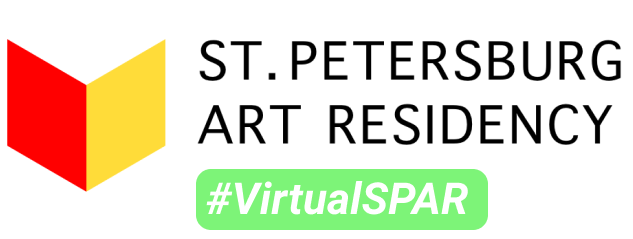
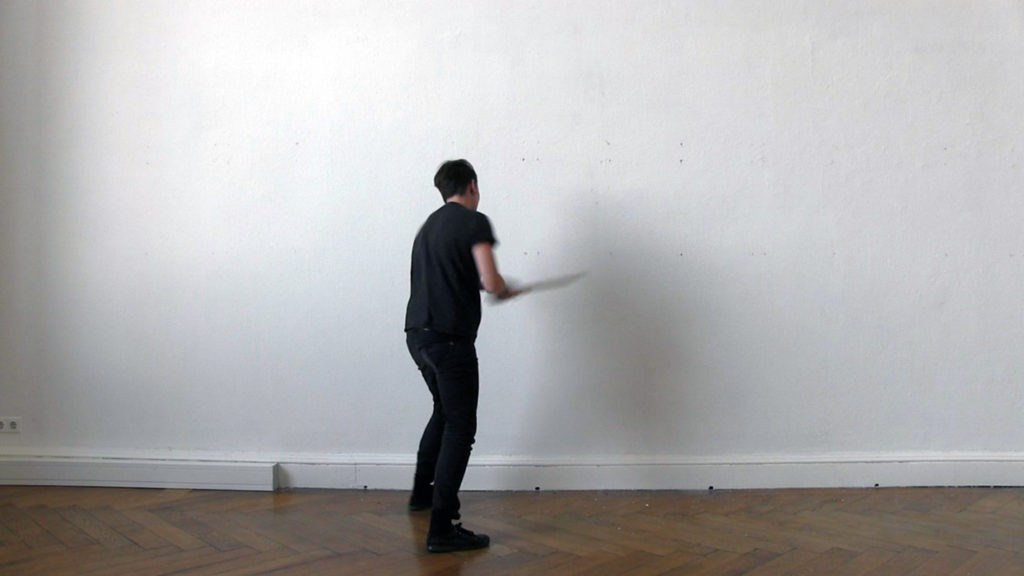
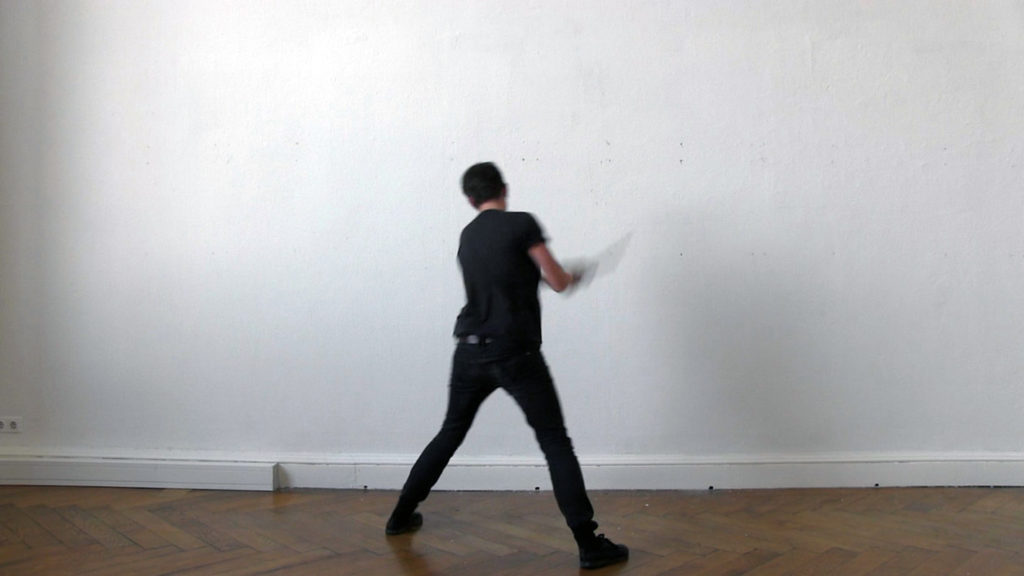
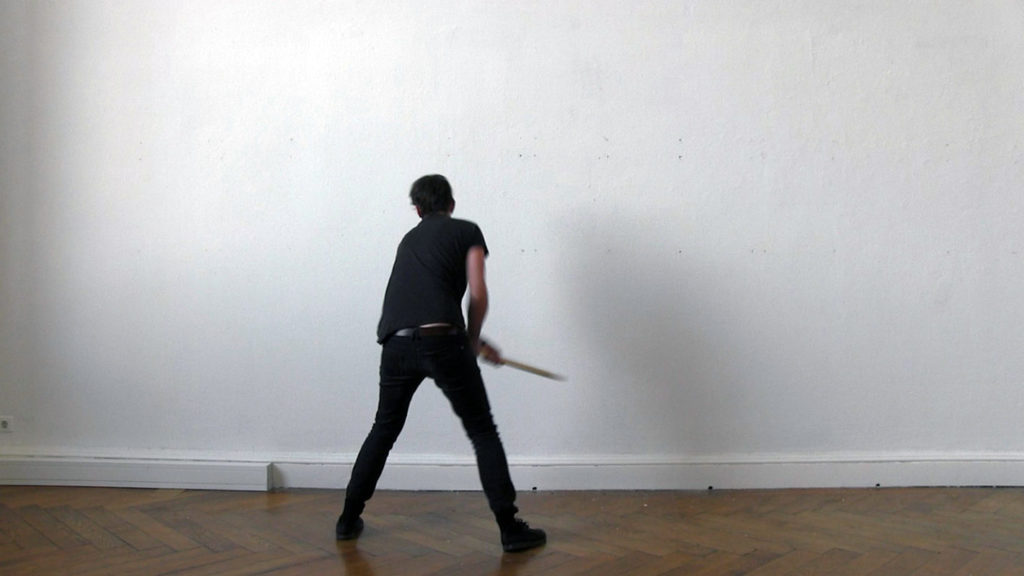
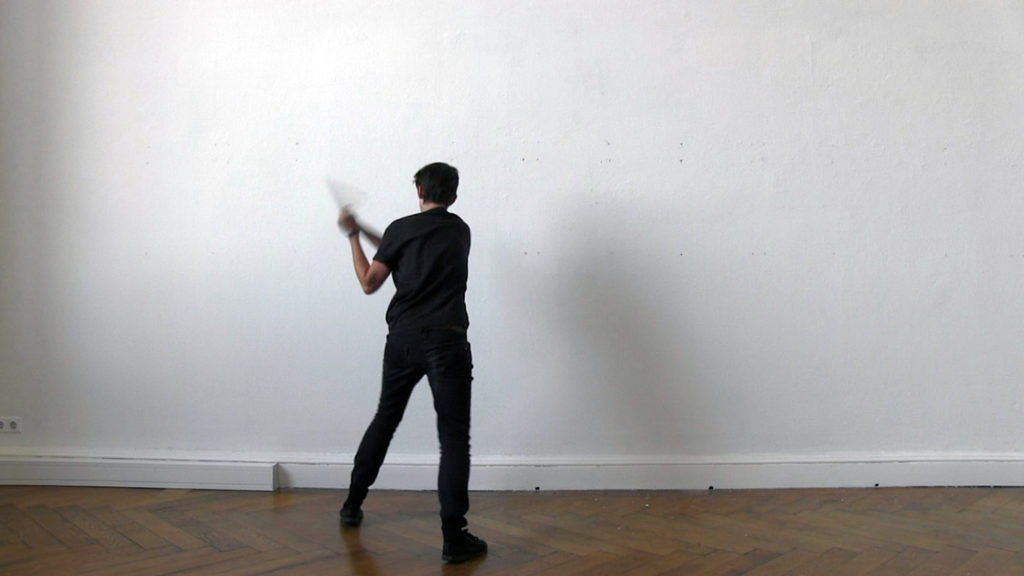
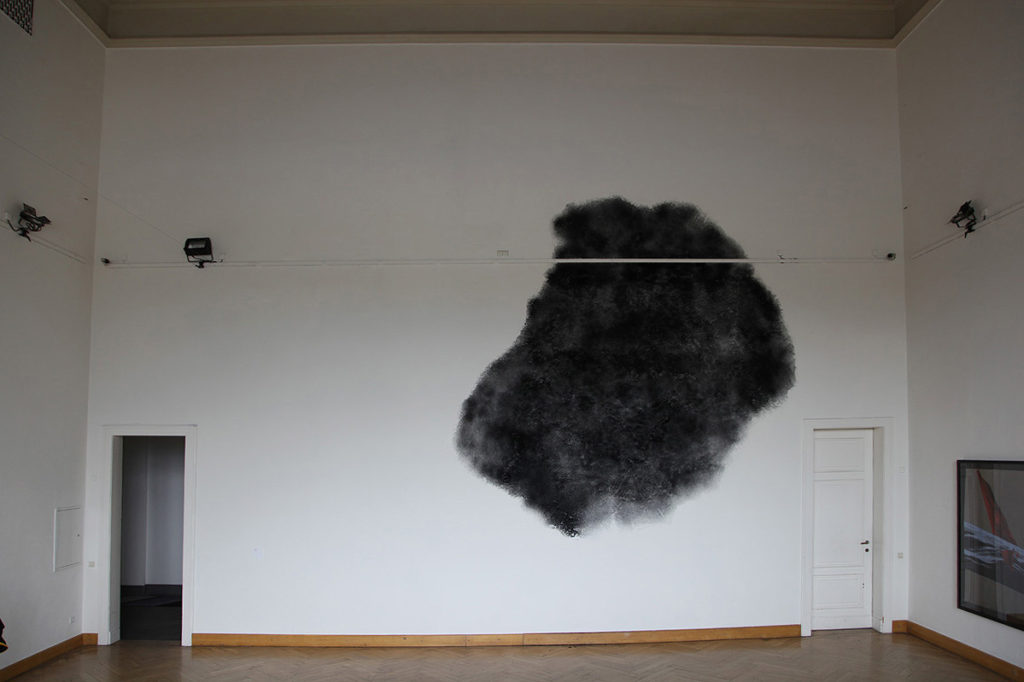
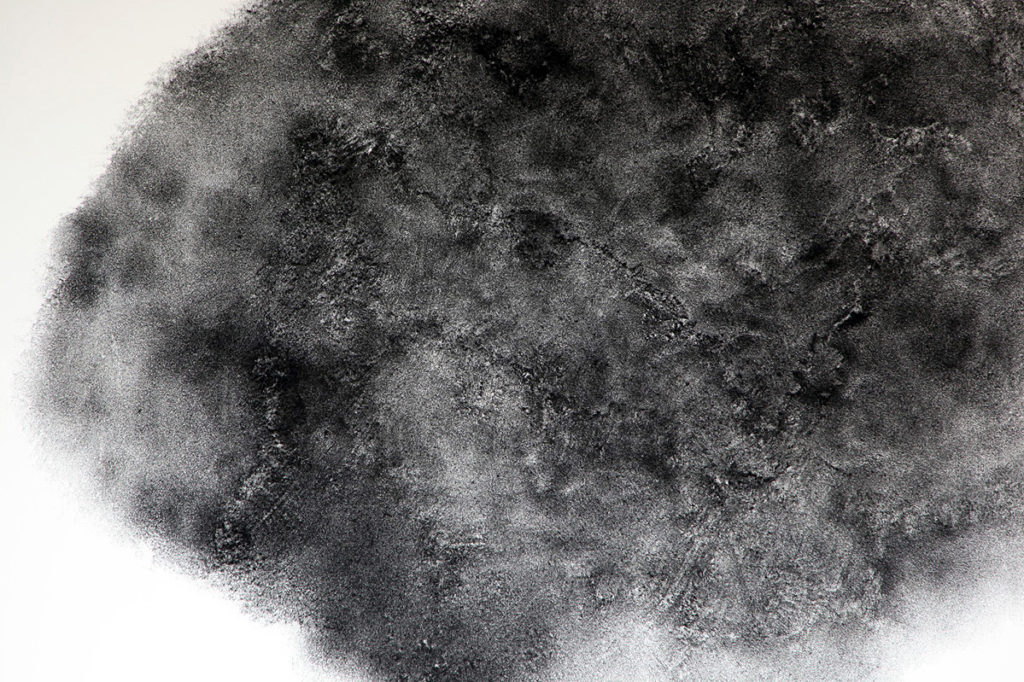
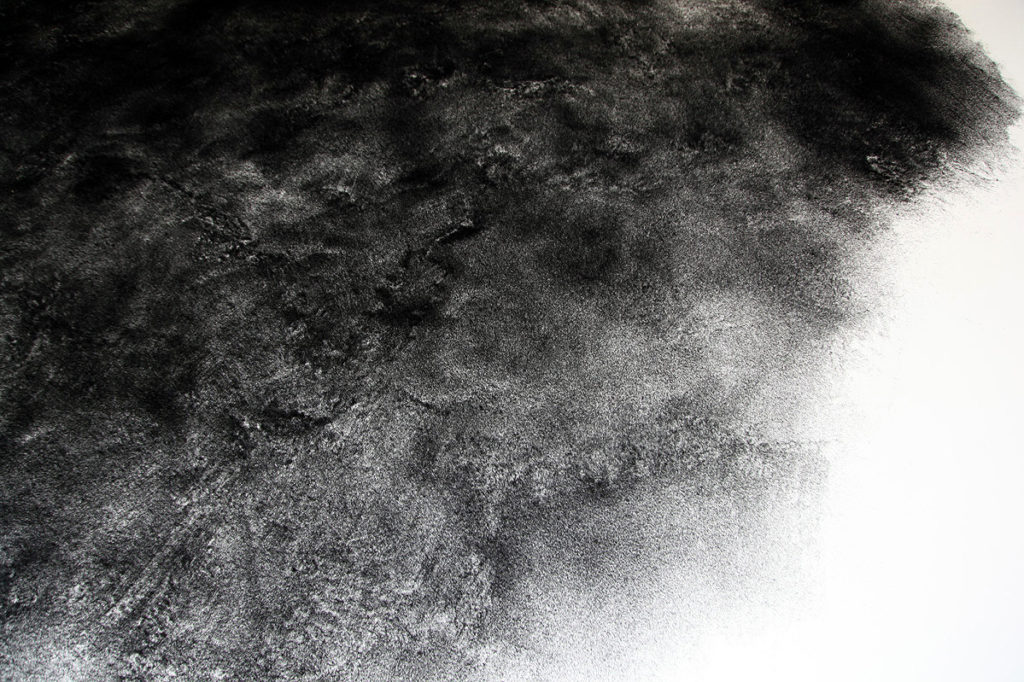
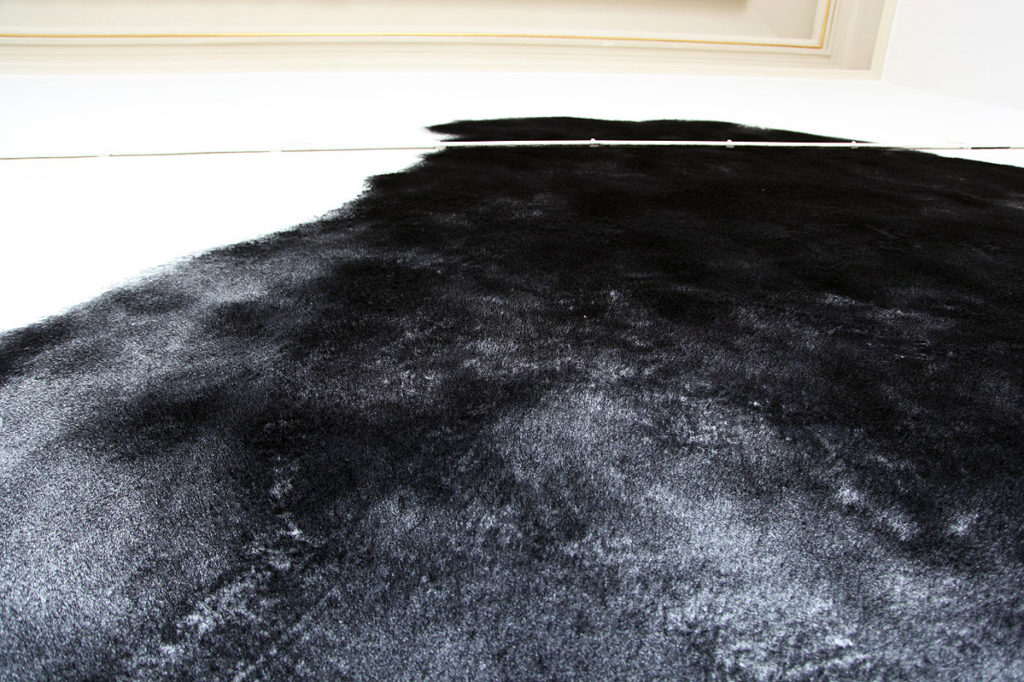
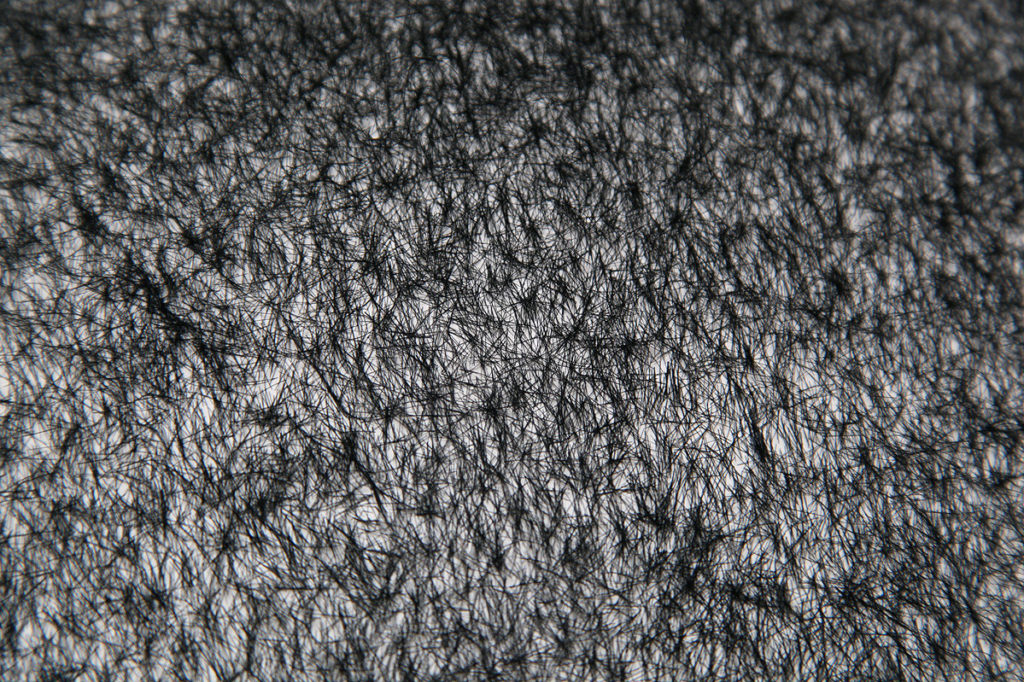
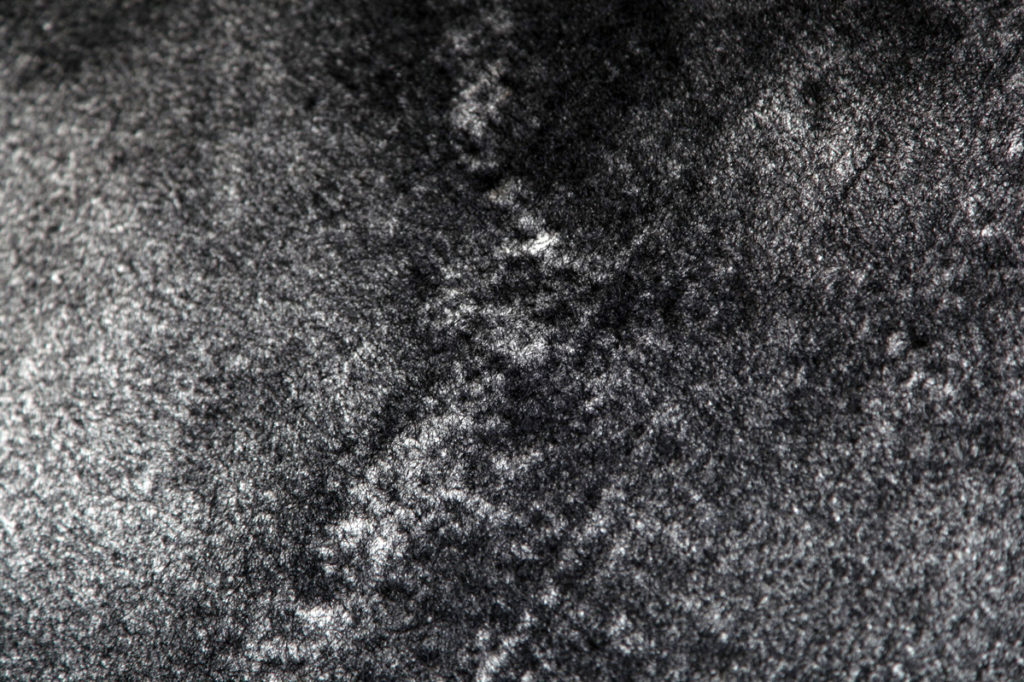
1 Comment
I love all the words on you video!Its like the politics… goies round and round, and say always the same…